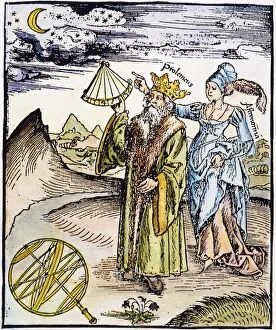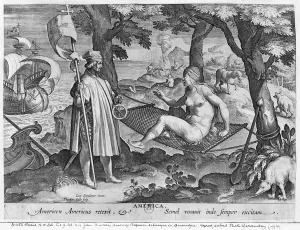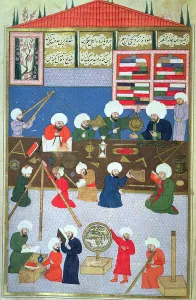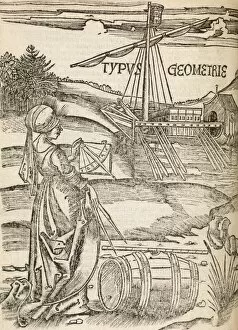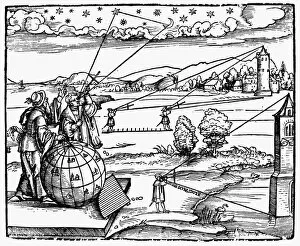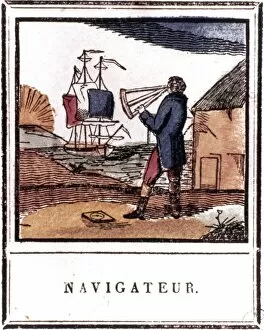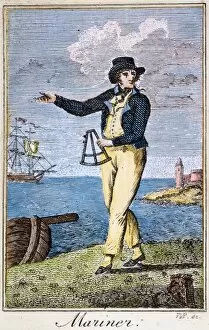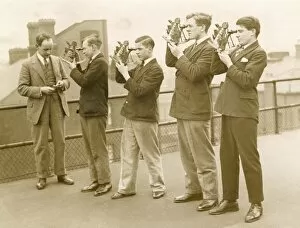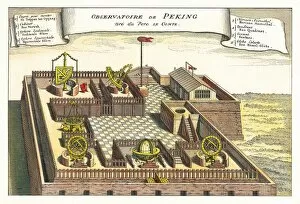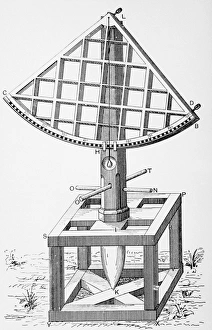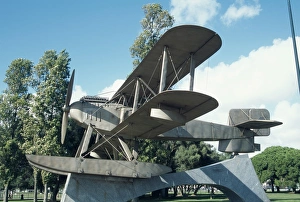Sextant Collection (page 4)
"Exploring the Arctic: The Greely Arctic Expedition at its farthest point North, 1884" In their quest for discovery and adventure
All Professionally Made to Order for Quick Shipping
"Exploring the Arctic: The Greely Arctic Expedition at its farthest point North, 1884" In their quest for discovery and adventure, the members of the Greely Arctic Expedition pushed themselves to their limits. At a latitude of 81°29'N, they reached an unprecedented milestone in human exploration. With their trusty sextants in hand, these brave souls navigated through treacherous icy waters and unforgiving terrain. The Hydra Star Map guided them on their journey, revealing constellations that served as beacons in the vast expanse of the night sky. Created by Christian Wilhelm Allers, this intricate map was a testament to mankind's fascination with celestial navigation. A Hansen, first officer on the Knivsberg in 1898, relied heavily on his sextant during perilous voyages across uncharted seas. This essential tool allowed him to measure angles between heavenly bodies and determine his position with remarkable accuracy. Wood engravings from 1871 depict a navigator utilizing a sextant to calculate the angular distance between the moon and a star. This technique revolutionized maritime navigation by providing mariners with reliable means of determining longitude while out at sea. The Little Wooden Midshipman shop sign from c. 1750 proudly displayed a young sailor carrying a sextant—a symbol of skill and expertise required for making astronomical observations necessary for safe passage across oceans. Onboard Training Ship HMS Conway, future seafarers honed their skills using this indispensable instrument. Guided by experienced mentors, they learned how to align stars within Hydra constellations precisely—mastering both art and science simultaneously. Even Captain John Treasure Jones recognized its significance; his archive includes invaluable records documenting his reliance on this trusted companion throughout countless expeditions into uncharted territories. From ancient times until today, the sextant remains an enduring symbol of humanity's relentless pursuit of knowledge and exploration—the key that unlocks hidden secrets of the cosmos and guides us through uncharted waters.

